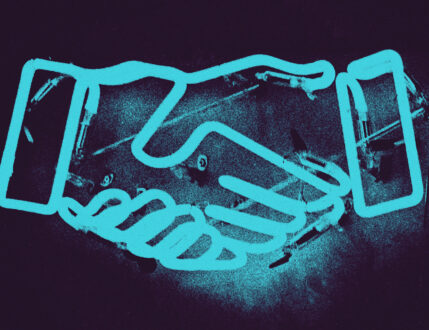Allyship and Authenticity to Elevate Your Employer Brand
I hear you.
I understand.
I’ve got your back.
When it feels like nobody gets you, can relate or extend a helping hand, it’s isolating. However, heartfelt and simple words like the above from another person can make a real difference.
Having an ally—a person who uses their own influence and makes a conscious effort to help another who is facing an adversity—is powerful. That power comes from knowing you are supported. It builds confidence that can be transformational and sow greatness, especially at work.
Building allyship between colleagues can only stem from an established foundation of mutual respect. In recent years, we’ve seen increased and purposeful efforts across organizations do just that through diversity, equity, inclusion and belonging (DEIB) programs. A recent Pew Research report noted that while there were marked differences by race, ethnicity and age to survey questions about the influence of these programs, 72% of workers confirmed that DEIB-related policies and resources have had a positive impact where they work. Often, Employee Resource Groups (ERGs) play a very important role in that success as do the allies that support and advocate for them.
Inclusion and allyship go hand in hand. How else can the often-stated claim from organizations that employees can be their true selves at work ring true without a culture that extends a safety net for open conversations and active listening?
Microsoft has had an allyship program in place since 2020 and I particularly like how they describe it as a different kind of diversity program “inspiring people to be better allies—and be OK with making mistakes.” The stated goal of the program is to provide their team with the language they need to discuss different viewpoints and difficult things inclusively and with empathy. It’s a noble one and bound to be imperfect. And that’s even with a two-year runway to develop it with a team of neuroscientists. People will unquestionably make mistakes but that’s no reason to not encourage allyship.
Making progress rather than perfection can be a very achievable goal. Efforts can start by communicating some of the basics on how to be an ally like these:
Always be curious. Take the time to learn about cultures, experiences and identities that are different from your own. By gaining a deeper understanding, you’ll deepen your empathy for others. Even more so, this type of education will also help ensure that well-intentioned, but out-of-touch communication misfires can be avoided.
Don’t stay silent. Speak up when your microagression radar pings. And use that opportunity not just to correct, but to explain why some words are truly harmful.
Be the change. Actions speak, so think about ways to actively show support for DEIB and ERG initiatives or offer mentorships to underrepresented employees in an impactful way.
The investment in fostering a more equitable work environment is important. Think of the appreciation for that investment from employees who genuinely need more people in their corner. Plus, it is an investment in creating a more empathetic and engaging culture.
A 2023 study by the Harvard Business Review indicated that organizations that integrated allyship into their core values and provided ongoing training saw a 34% increase in employee engagement. By incorporating the stories of allies into your employer brand activations and advocacy program, you can reinforce to each other, as well as prospective employees, that you’re committed to building a diverse and inclusive workforce. These stories add authenticity and depth to your messaging, demonstrating that your organization isn’t just talking the talk—you’re walking the walk.





